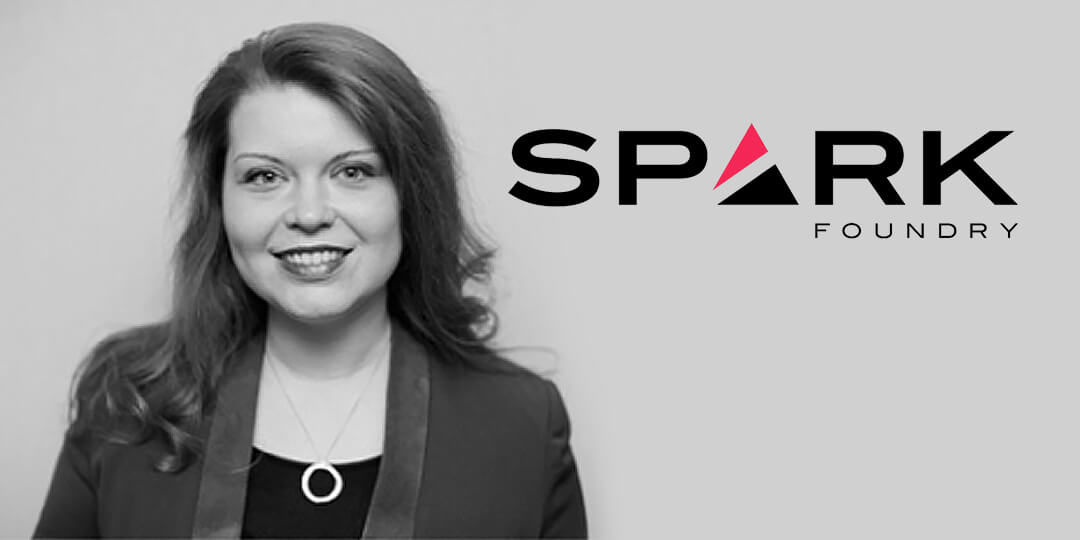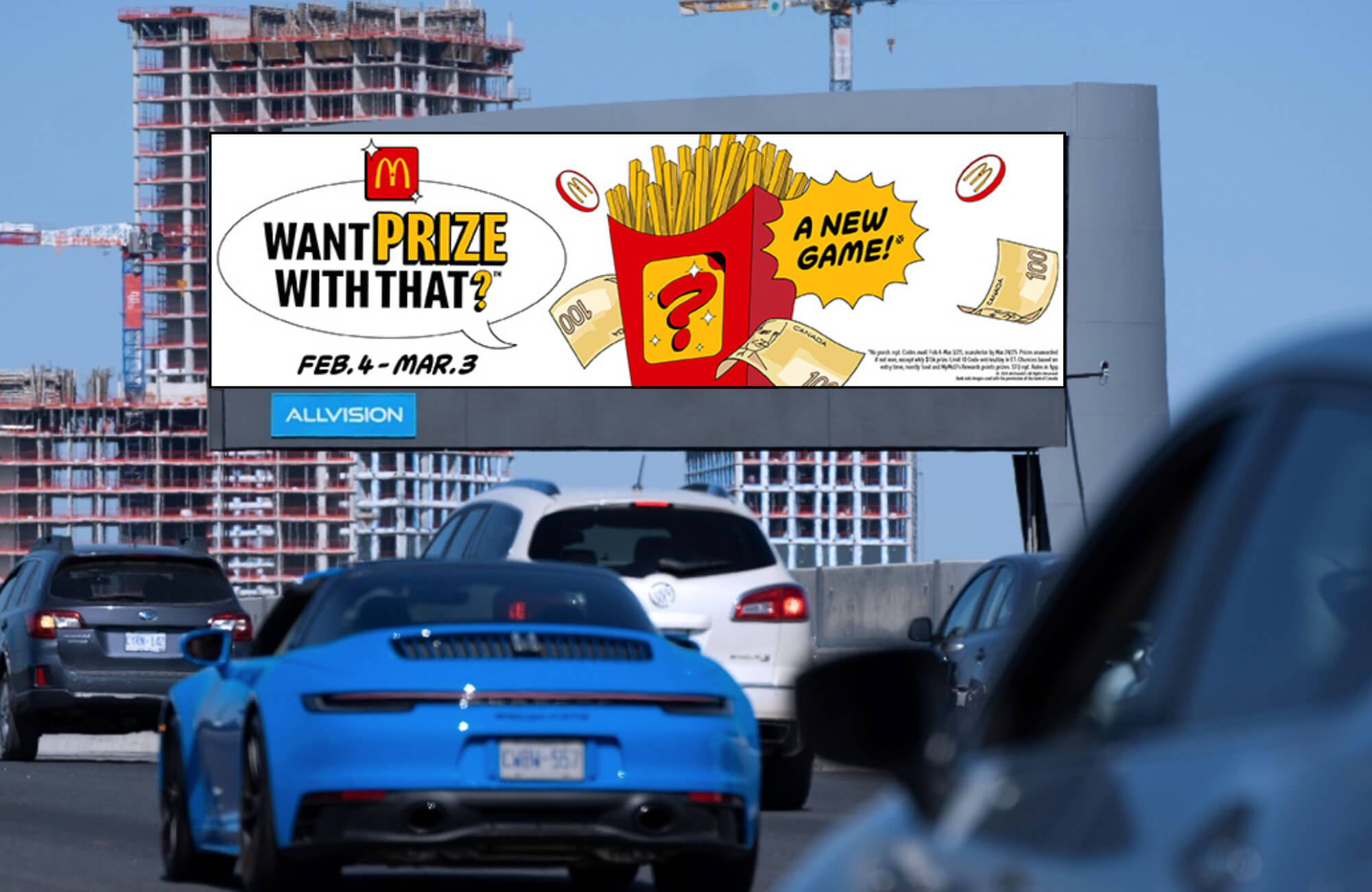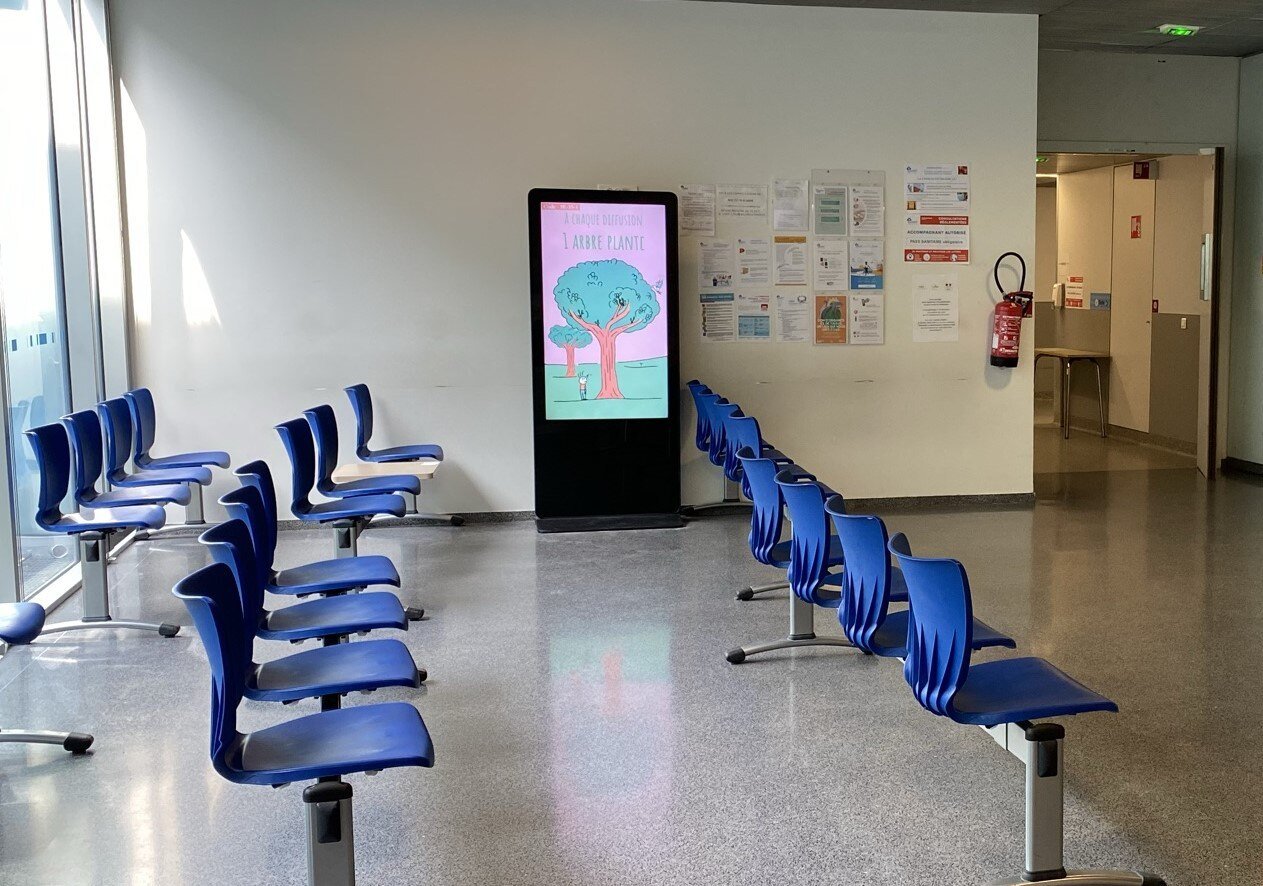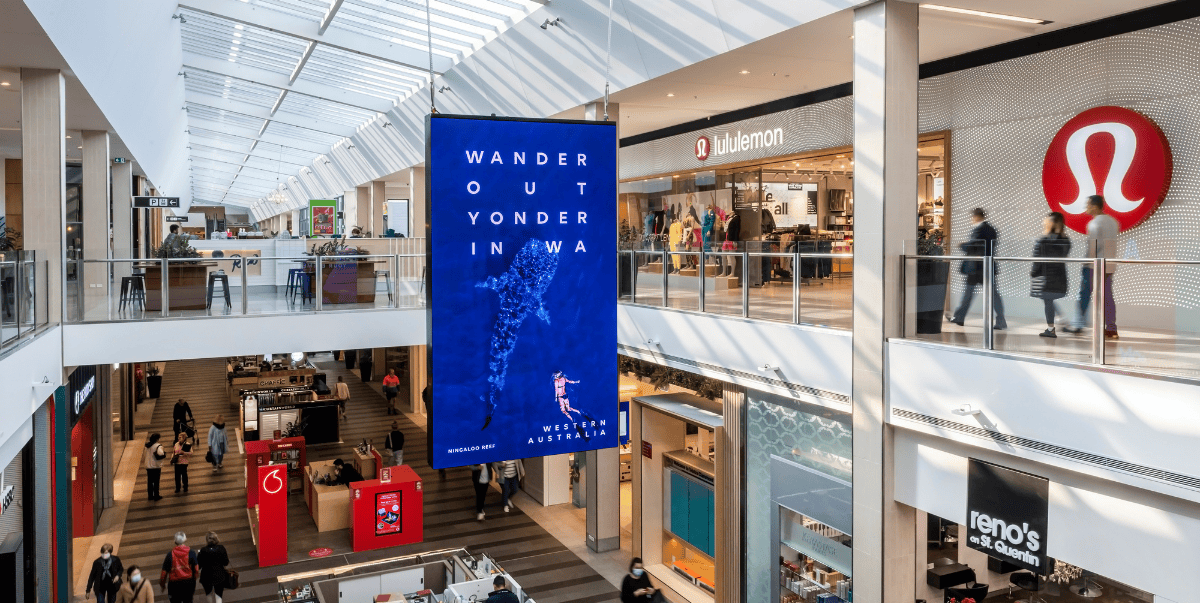
As a continuously evolving medium, digital out-of-home has experienced rapid growth as it’s been adopted by many of the largest and most innovative brands and agencies. To gain a deeper understanding of how DOOH has changed advertising, we spoke with Laura Peterson, VP of Precision Marketing at Spark Foundry. Learn how she and her team have successfully incorporated DOOH into their media mix in our interview, below.
Tell us a bit about what you do at Spark – what is your role and how does it fit into your team?
"The precision team at Spark Foundry oversees the programmatic buying tool sets across all formats at the agency. In this role, the team has the ability to access the marketplace directly in order to transact media via various demand-side platform (DSP) partnerships. We also maintain multiple buying technology partnerships, which allows us to optimize with the best-in-class solution at that moment for our clients. When selecting the technology mix to best fit our client’s needs, we consider criteria including inventory, format and data integrations as well as privacy and brand safety compliance. In addition, we have a strong focus on both first-to-market and beta testing, especially as more formats become enabled for programmatic activation."
Why was it important for your team to bring digital out-of-home (DOOH) into your media mix?
"DOOH in addition to OTT have been key areas for Spark Foundry in 2019. It was important to bring DOOH into our media mix because in addition to overall inventory availability increasing and measurement capabilities evolving, publishers have enabled more of their inventory to flow into the programmatic marketplace for purchase, either via a private or open connection. This affords buyers the opportunity to access premium inventory that was once only accessible via a direct-to-publisher contract.
By accessing DOOH through one of our self-service buying platforms, we have the visibility and control to manage how, what, and how much we buy, which allows us to manage digital ad investment as a true portfolio across all digital screens, including mobile, desktop and OTT as well as DOOH.
Being able to expand our programmatic strategy to include DOOH inventory has been a huge win for our clients. All of the traditional benefits of out of home, including mass reach and high impact, paired with the flexibility and measurement of programmatic has provided low-risk, high-reward awareness opportunities for clients."
What education has been required to get clients to understand the benefits of running OOH programmatically?
"To get clients to understand the benefits of running OOH programmatically, we share that digital out of home offers non-disruptive, high-impact units that are brand safe. In addition to being brand safe, it allows brands to target established audience segments used in mobile, video and display environments across DOOH inventory. And, there is also the opportunity to create new audience segments based on consumers exposed to the DOOH unit to use for re-engagement with consumers across other digital environments. Understanding that there is a capability to tie ad exposure back to in-store lift, brand lift and other performance metrics has been quite compelling for clients.
At Spark Foundry, our agnostic partner strategy also opens the door to present beta opportunities sourced across a variety of partners. This has been especially useful over the past year to encourage the adoption of platforms specializing in emerging channels, like audio and DOOH. Combined with our rigorous partner evaluation process, we are armed to navigate new channel complexities including measurement nuances or restrictions and scale and optimization of supply in order to identify the best testing roadmap for each client. With digital out of home forecasted to represent almost 30% of total out of home revenue by 2022, and supply growing every day, it is a good time for clients to test and establish how this channel can best contribute to an overall inventory mix."
How do you see programmatic DOOH fitting into your clients’ broader marketing strategies?
"Programmatic DOOH can complement an overall OOH strategy and support awareness goals. Research has also proven that DOOH amplifies and improves the performance of other digital campaigns, including search and social. The ad exposure data collected via DOOH can be overlaid across other channel performance data for comparison. DOOH can be a great avenue to test messaging strategies - given the screen size - and we have seen this in action as ad recall study results have helped inform creative adjustments. The benefit of re-engaging with consumers who have been exposed to the ad also helps drive the overall personalization strategy. Over the years, we have seen that client education and internal collaboration have been critical to support the integration of programmatic DOOH into broader marketing strategies for our brands."
Can you share any examples of programmatic DOOH activations you’ve helped to execute?
"We have PMPs with leading media owners including billboards, transit, office space, gyms and malls, and have tested tactics to support broad reach as well as niche targets, such as weather-triggers, day-parting, grocery store shoppers and local sports fans. We have also been able to utilize DOOH with hyper-local efforts to supplement other media channels, and have started gathering learnings on the impact of the DOOH screen environment and how it can vary by client and product. For example, if a health product is featured in a doctor’s office, it may score higher on trust, whereas if it is featured in a gym, it may score higher on purchase level.
We've partnered closely with an integrated Spark team to apply historical OOH learnings, including audience index and geographic insights, to drive the overall approach for programmatic out-of -home activations."
What’s something you think other buyers and planners should know about programmatic DOOH?
"We have found that the programmatic digital out-of-home format can be activated like any other programmatic-enabled format with the same data and targeting available for use. PMPs offer a more transparent one-to-one relationship with media owners. These buys can offer more control over inventory selection and better transparency into pricing, but too much targeting can hinder scale. We've also found a key driver of success is to work across an integrated investment and strategy team."
Ready to learn how Vistar can support your programmatic digital out-of-home needs?



